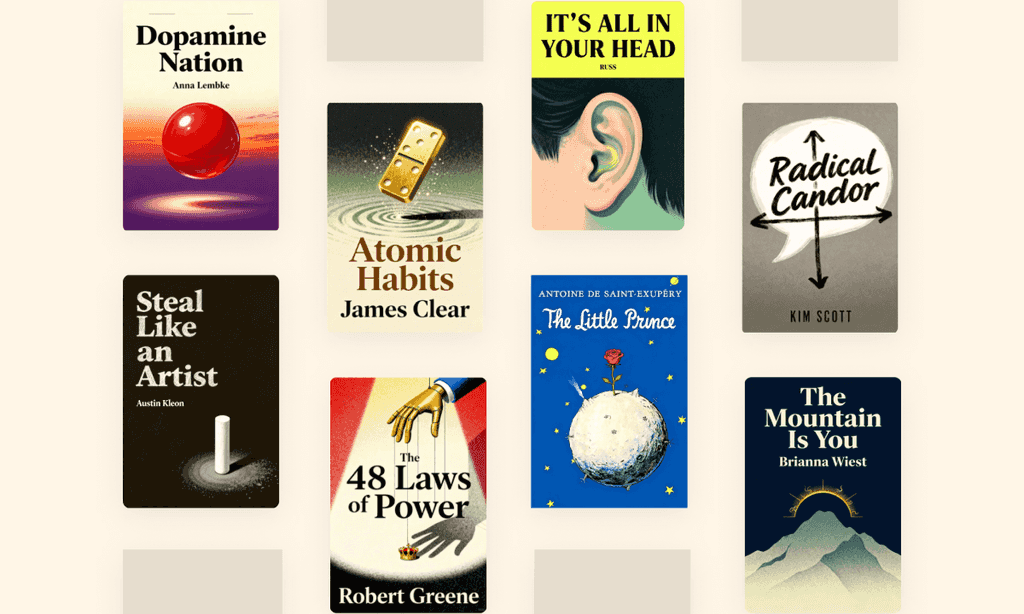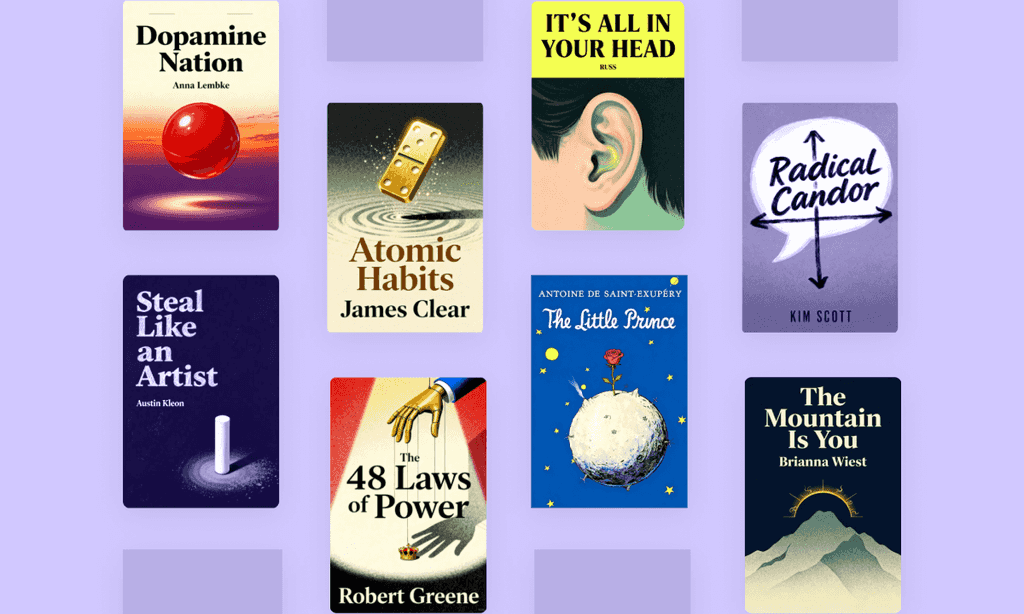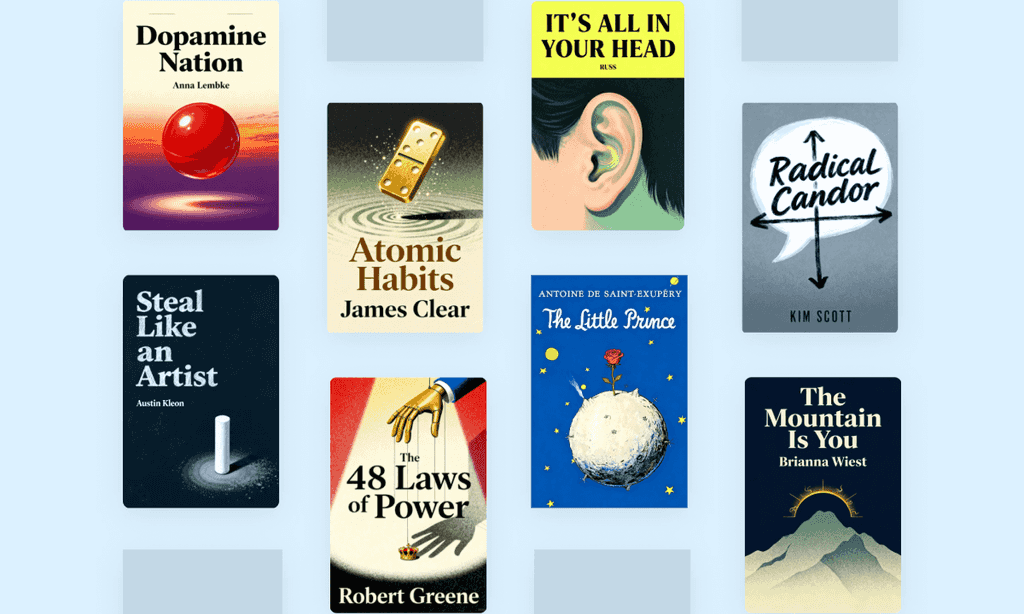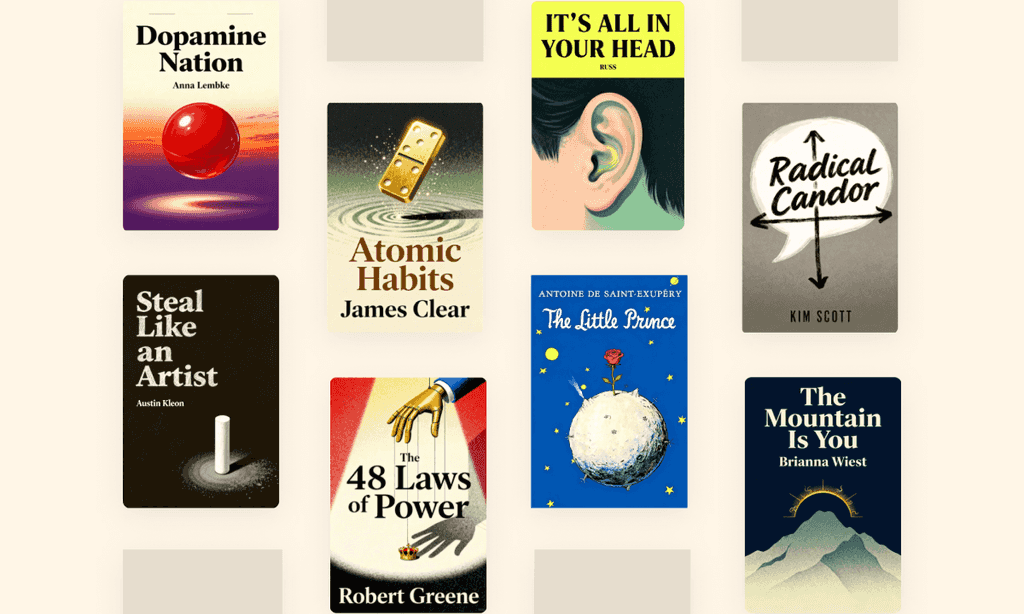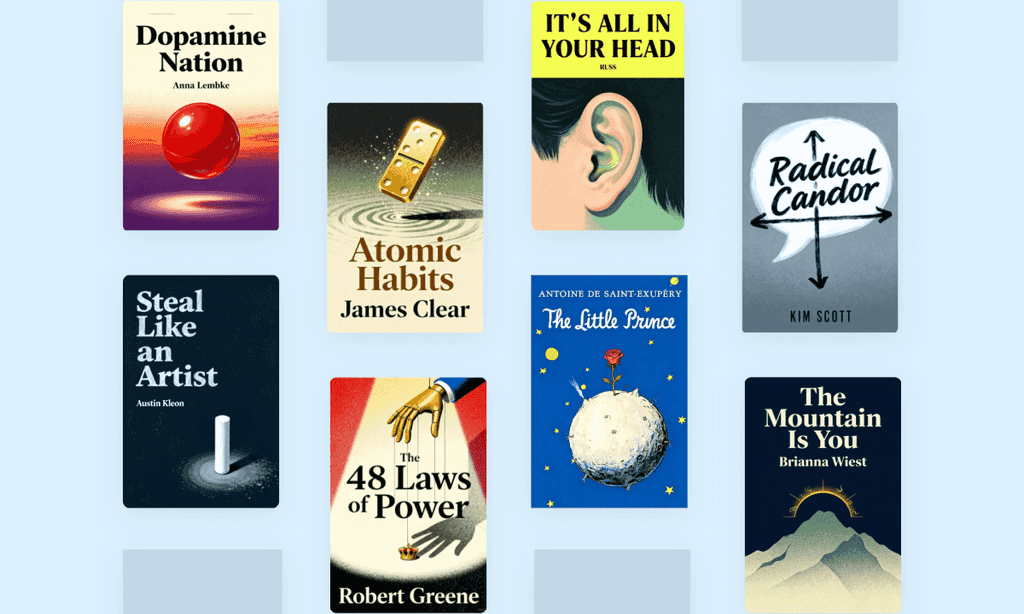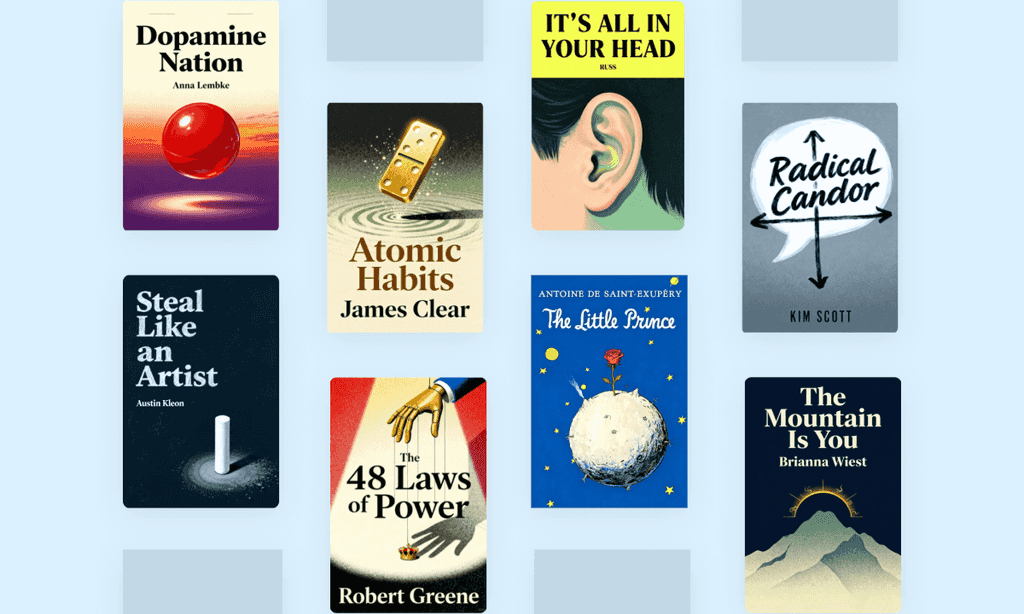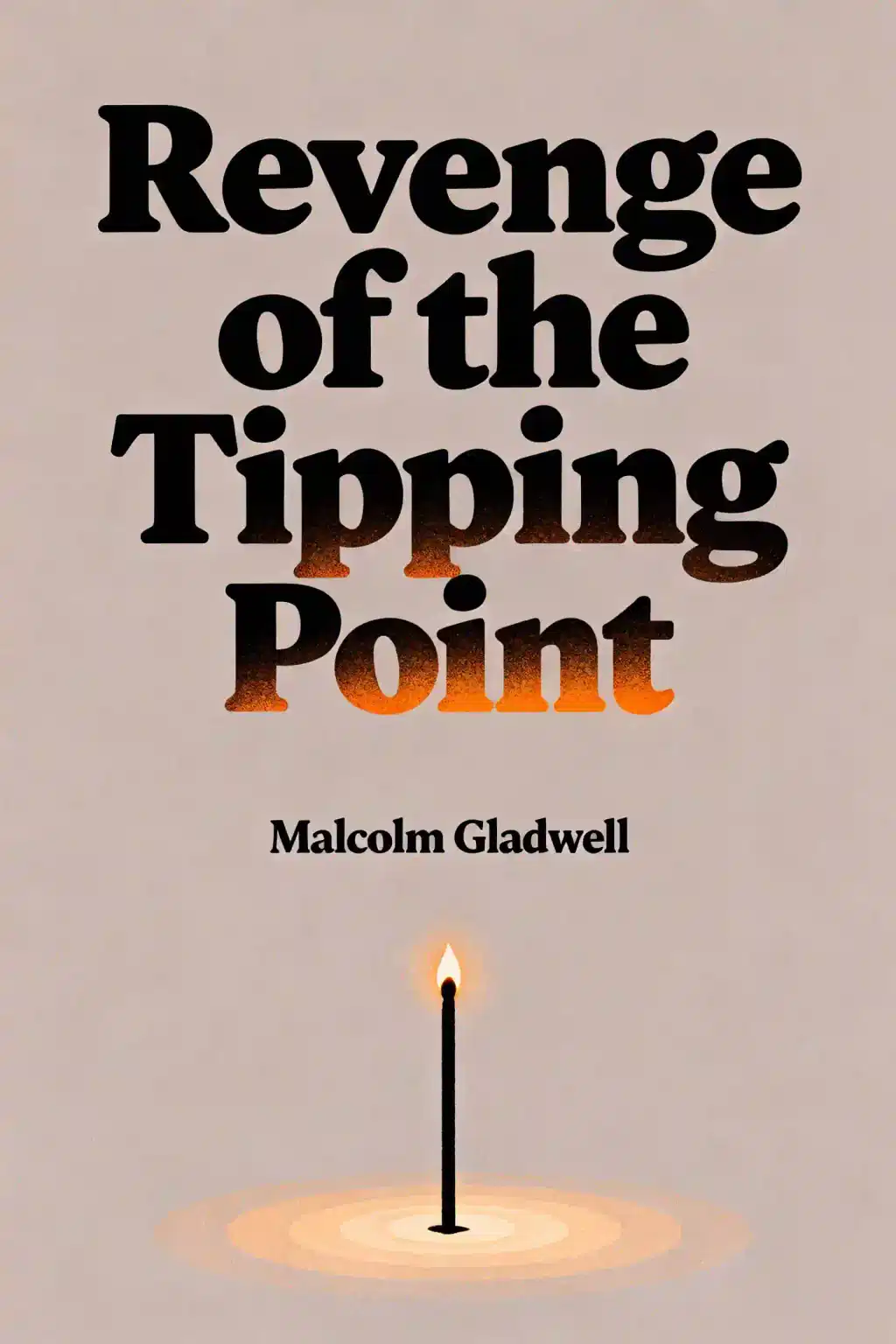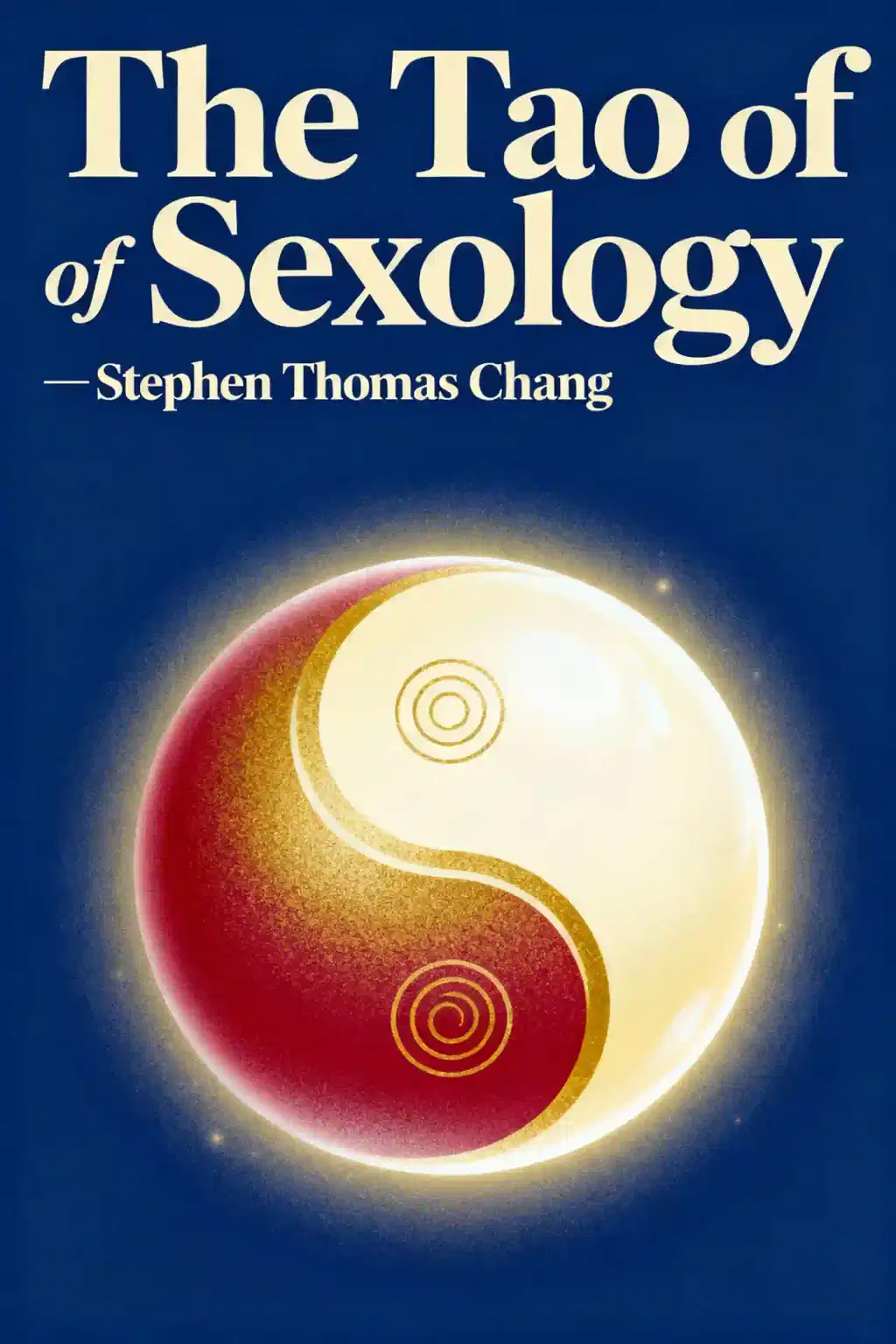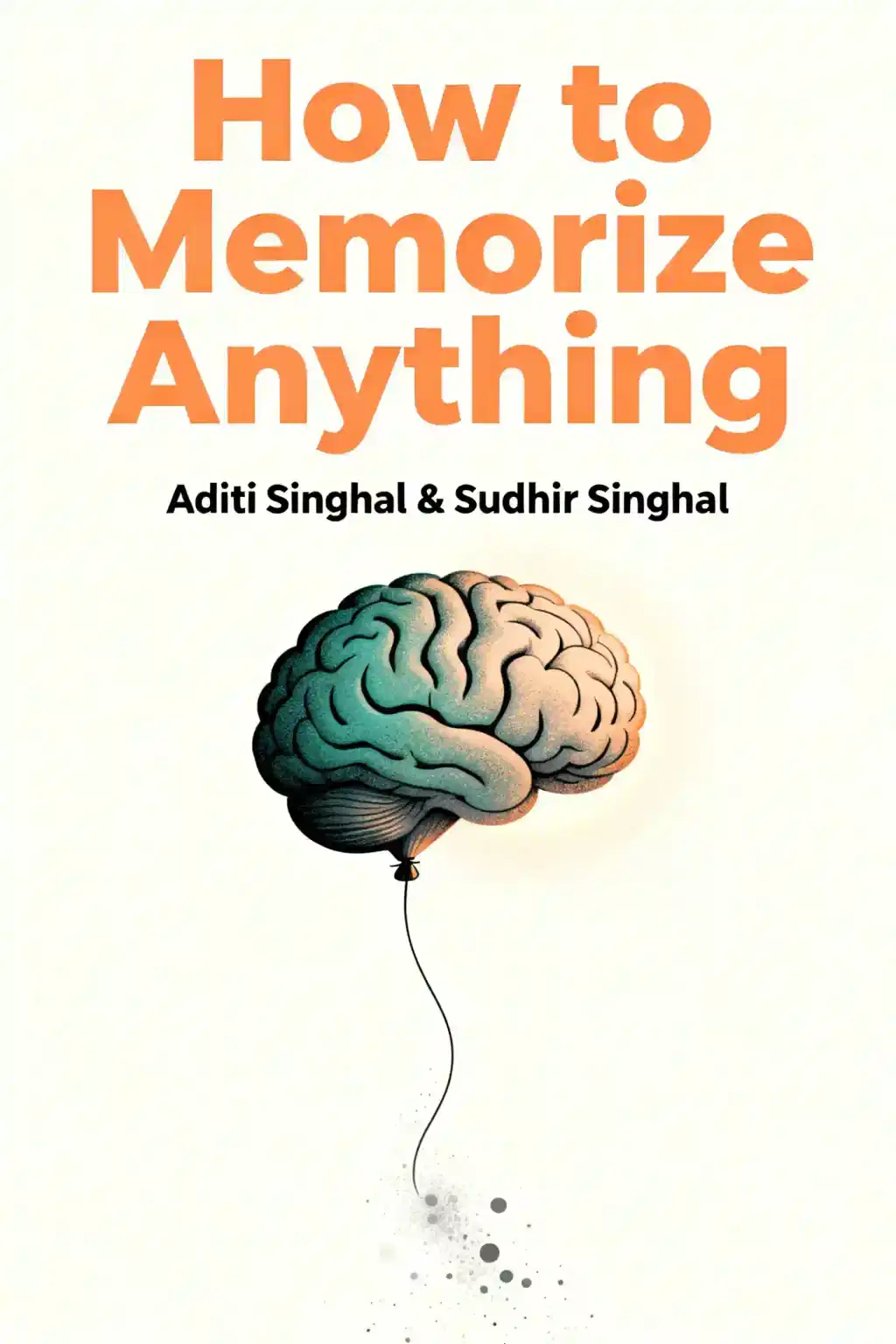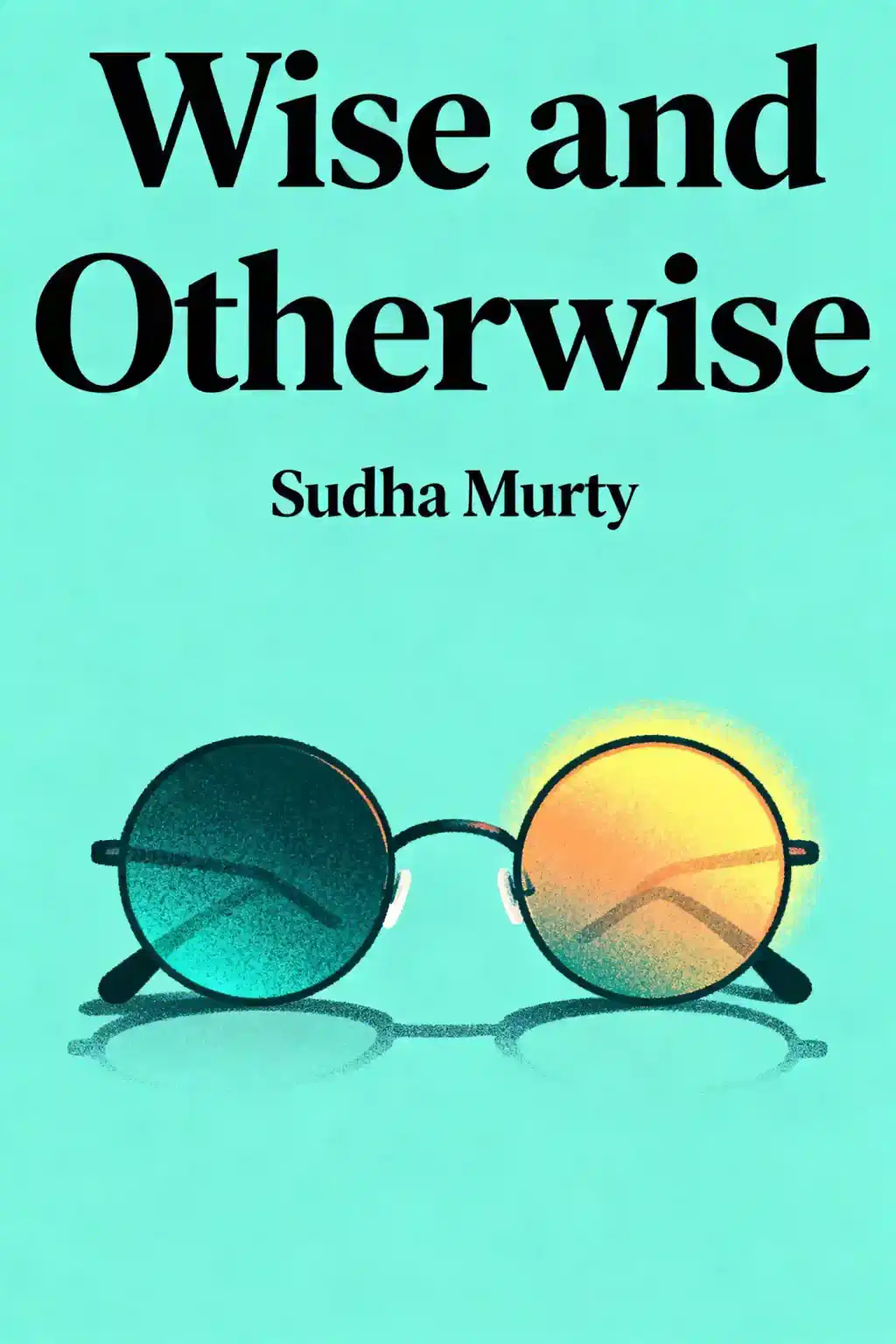
Wise and Otherwise by Sudha Murty Summary
In "Wise and Otherwise," Sudha Murty shares 50 eye-opening stories from her Infosys Foundation work, selling over 30,000 copies and translated into all major Indian languages. What hidden wisdom did this Padma Shri recipient discover among India's overlooked citizens that changed readers' moral perspective forever?
About the author
Sudha Murty is the bestselling author of Wise and Otherwise, a beloved collection of true-life stories, and a pioneering Indian engineer, philanthropist, and educator. Born in 1950 in Karnataka, she became the first female engineer hired at TATA Motors, challenging gender norms in India's automotive sector. Her writing draws from rich personal experiences to explore themes of compassion, human values, and everyday morality with heartfelt simplicity.
Writing in both English and Kannada, Murty has authored over 42 books spanning fiction, memoirs, and children's literature, including Dollar Bahu (adapted into a popular TV series), Three Thousand Stitches, and Grandma's Bag of Stories.
As founder of the Infosys Foundation, she has dedicated decades to social welfare and education. Her books have sold over 6 million copies and been translated into all major Indian languages, making her one of contemporary India's most cherished authors.
FAQs About This Book
Wise and Otherwise is a collection of 50 short stories based on real-life experiences from Sudha Murty's encounters across India. The book showcases the myriad shades of human nature, from extraordinary acts of generosity to shocking displays of meanness, covering themes like honesty, humility, compassion, and social responsibility. Written with wry humor and directness, each vignette offers poignant insights into the lives of people from diverse backgrounds—from tribal chiefs to wealthy donors—revealing profound truths about humanity.
Sudha Murty is an Indian educator, author, and philanthropist born on August 19, 1950, who founded the Infosys Foundation and became the first female engineer at TATA. Through Wise and Otherwise, she shares observations gathered during her extensive philanthropic work, documenting encounters with people from all walks of life across India. Her goal was to illuminate strong values that still exist in society while highlighting social issues that need immediate attention, including gender inequality, dowry, and educational disparities.
Wise and Otherwise appeals to readers seeking authentic stories about Indian society, human values, and social transformation. The book is ideal for those interested in personal growth, social awareness, and understanding the complexities of Indian culture beyond stereotypes. Anyone looking for quick, emotionally resonant reads that inspire empathy, self-reflection, and positive change will find value in Murty's relatable narratives. The collection's simplicity and accessibility make it suitable for both young adults and mature readers.
Wise and Otherwise is absolutely worth reading, having sold over 30,000 copies in English and been translated into all major Indian languages since its 2002 publication. The book's enduring appeal lies in its authentic storytelling, emotional depth, and ability to reveal profound truths through everyday encounters. Readers consistently praise Murty's keen observation skills and her talent for capturing both the beauty and darkness of human nature with honesty and directness. The stories encourage meaningful introspection while offering practical wisdom applicable to daily life.
Wise and Otherwise explores several interconnected themes that define the human experience. Core themes include honesty as a universal virtue transcending class and education, humility found in unexpected places, and the transformative power of compassion. The book addresses critical social issues such as dowry harassment, gender inequality, poverty, and educational struggles. Murty also examines human weaknesses like jealousy, greed, and arrogance while celebrating values like hard work, giving back to society, and maintaining cultural richness amid modernization.
Wise and Otherwise offers timeless lessons about character and social responsibility through real-world examples. The book teaches that honesty comes from the heart, not from one's wealth or education, and that humility enables personal growth and meaningful relationships. Readers learn the importance of compassion in creating positive impact, the value of learning from people regardless of their social status, and the necessity of being socially responsible. Murty emphasizes that small acts of kindness can profoundly change lives and that true wisdom often resides in the most unexpected individuals.
Wise and Otherwise contains several memorable quotes that encapsulate Sudha Murty's philosophy. "Honesty is not the mark of any particular class nor is it related to education or wealth" emphasizes that integrity transcends social boundaries. "Life is an examination where the syllabus is unknown and question papers are not set" reflects life's unpredictability and the need for adaptability. "It is better to light a single candle than to remain in darkness" encourages taking small positive actions rather than being paralyzed by overwhelming problems.
Sudha Murty portrays Indian society through diverse perspectives that capture both its beauty and contradictions. She addresses harsh realities like dowry torture, child labor, and the exploitation of underprivileged communities while simultaneously celebrating the warmth, generosity, and cultural richness found throughout India. Her stories span from wealthy urban families to impoverished rural villages, from educated professionals to illiterate craftspeople, creating a comprehensive and nuanced picture of the nation. This balanced approach fosters empathy and encourages readers to look beyond stereotypes.
Humility emerges as a central virtue throughout Wise and Otherwise, often appearing in the most unexpected quarters. Murty illustrates how humility enables learning and personal growth while warning against the dangers of arrogance and self-importance. She showcases humble individuals—from handicraft sellers in Gujarat to uneducated workers like Thandappa—who teach profound lessons to educated, wealthy people. The book demonstrates that humility builds strong relationships based on mutual respect and keeps individuals open to wisdom from any source, regardless of social status.
Wise and Otherwise confronts pressing social issues with unflinching honesty and emotional depth. The book exposes the brutality of dowry harassment through stories of young brides tormented by in-laws, and reveals the desperation of impoverished families forced into unthinkable choices. Murty highlights educational inequalities, gender discrimination, and the plight of underprivileged children while documenting her observations from philanthropic work. Rather than simply describing problems, she demonstrates how individual actions and compassion can create meaningful change, inspiring readers toward social responsibility.
Wise and Otherwise stands apart because every story represents a true encounter from Sudha Murty's life, adding authenticity and emotional weight that fiction cannot replicate. Unlike typical short story collections, this book combines social commentary with personal memoir, drawing from Murty's unique vantage point as both philanthropist and observer of Indian society. Her direct, unembellished writing style—described as having "wry humour and directness"—cuts straight to the heart without moralizing. The collection's structure allows readers to experience 50 distinct slices of life, each offering complete lessons while contributing to a broader understanding of human nature.
Wise and Otherwise inspires transformation through relatable role models and practical wisdom applicable to everyday situations. The stories encourage deep self-reflection about one's own values, biases, and treatment of others while demonstrating how small acts of kindness create ripple effects. Murty presents concrete examples of people who've made positive impacts despite limited resources, proving that meaningful change doesn't require wealth or power. Despite addressing serious injustices, the book maintains hopeful optimism that motivates readers to believe in their capacity to contribute positively to society, their communities, and individual lives they touch.
Quick Summary Mode - Read or listen to Wise and Otherwise Summary in 8 Minutes
Break down key ideas from Wise and Otherwise into bite-sized takeaways to understand how innovative teams create, collaborate, and grow.
Flash Card Mode - Top 10 Insights from Wise and Otherwise in a Nutshell
Distill Wise and Otherwise into rapid-fire memory cues that highlight Pixar’s principles of candor, teamwork, and creative resilience.

Fun Mode - Wise and Otherwise Lessons Told Through 23-Min Stories
Experience Wise and Otherwise through vivid storytelling that turns Pixar’s innovation lessons into moments you’ll remember and apply.
Personalize Mode - Read or listen to Wise and Otherwise Summary in 0 Minutes
Ask anything, pick the voice, and co-create insights that truly resonate with you.

From Columbia University alumni built in San Francisco
See More Stories?

Get the Wise and Otherwise summary as a free PDF or EPUB. Print it or read offline anytime.






